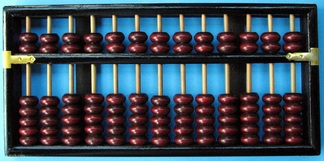
The abacus can be used for more than simple addition, subtraction, multiplication, and division. It can be used to extract both square and cube roots. And, it is still taught in many Asian schools and can be faster than a hand-held calculator. There is also a great use for the blind, as the abacus is tactile and manual dexterity is more important than visual acuity.
I am not proficient enough to provide a tutorial, but there are some really good sites with excellent instructions if you want to go further. Here is a good start with an amazing tool...
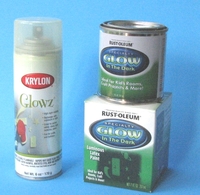
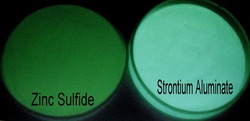
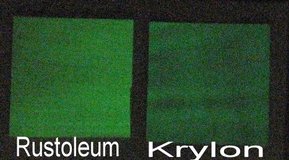
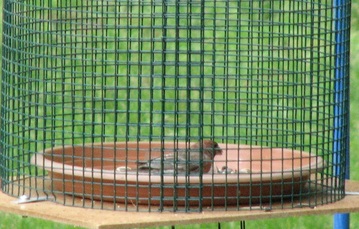
 RSS Feed
RSS Feed
